8 Global Nutrition Experts! Preferred by Fortune 500 Professionals! Lose 5- 15KG & Heal Organs !
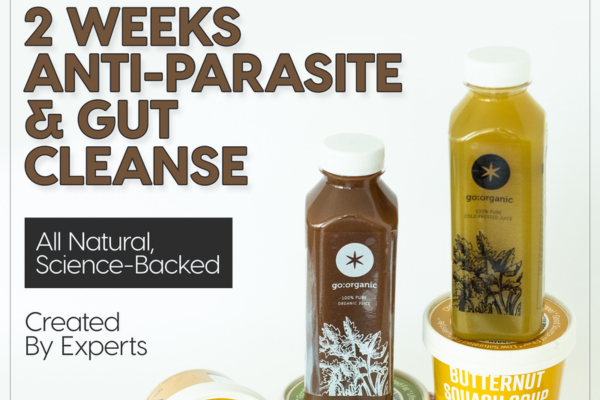
In today’s busy, fast-paced UAE lifestyle, many of us struggle with digestive issues, low energy, poor sleep, skin breakouts, and even stubborn weight. What if the real issue is hiding in your gut? Your gut is the gateway to your health — and if you're feeling off, it's time for a reset. That's why gut cleanse programs in the UAE are rapidly gaining popularity among health-conscious individuals in Dubai, Abu Dhabi, and beyond.

In the UAE, holidays are filled with rich meals, social gatherings, and indulgent treats — and that’s perfectly okay. But once the celebrations are over, many people are left feeling bloated, low on energy, and struggling to get back into their regular routine. The good news? You don’t need a crash diet or extreme detox....

Boost Your Health & Shed Kilos Naturally Living in the UAE comes with its own set of wellness challenges—high temperatures, hectic schedules, and the temptation of fast food. But by adding powerful superfoods to your routine, you can supercharge your metabolism, detox naturally, and lose weight in a sustainable way.
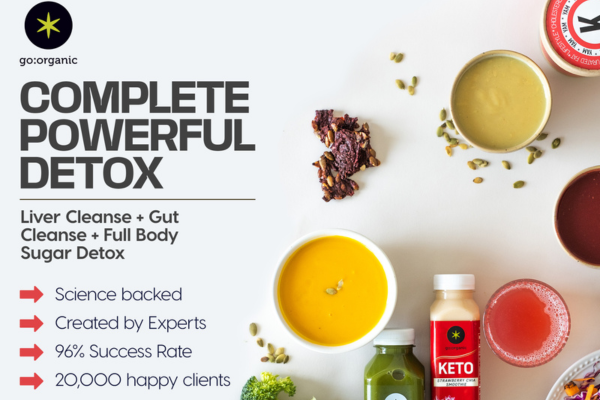
Living in Dubai means enjoying a vibrant lifestyle—but it also means dealing with a harsh, hot climate that can affect your body in unique ways. Detoxing is a powerful way to refresh your system, boost your energy, and maintain optimal health despite the desert heat and busy urban life. If you’re wondering how to detox safely and effectively in Dubai, this guide is for you.
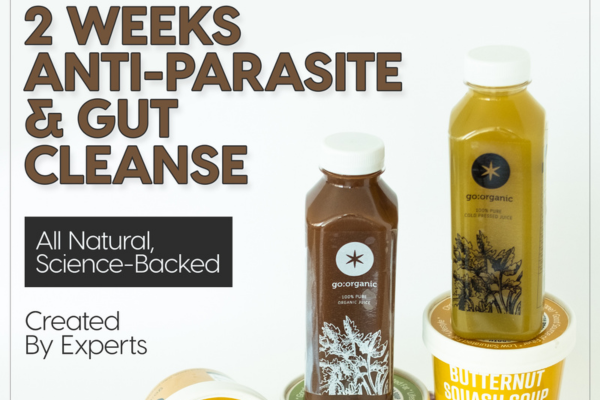
If you're constantly asking how to stop bloating fast, you're not alone. Bloating affects thousands of people across the UAE every day, leaving them feeling uncomfortable, sluggish, and low on energy. At Go Organic, we offer effective, natural solutions to help you relieve bloating quickly and prevent it from coming back.
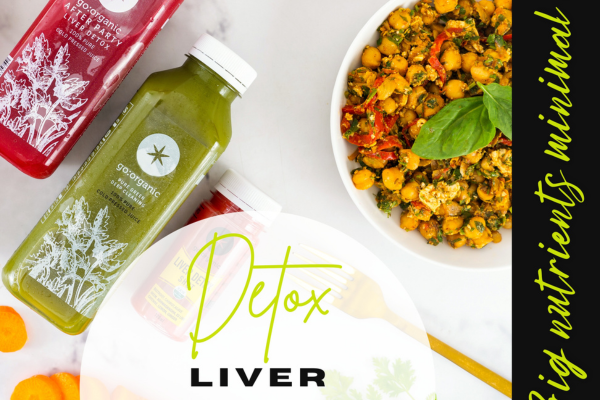
What is Fatty Liver Disease? Fatty liver disease (also known as hepatic steatosis) occurs when excess fat builds up in the liver. While small amounts of fat are normal, too much can lead to inflammation, liver damage, and even serious complications like cirrhosis or liver failure.
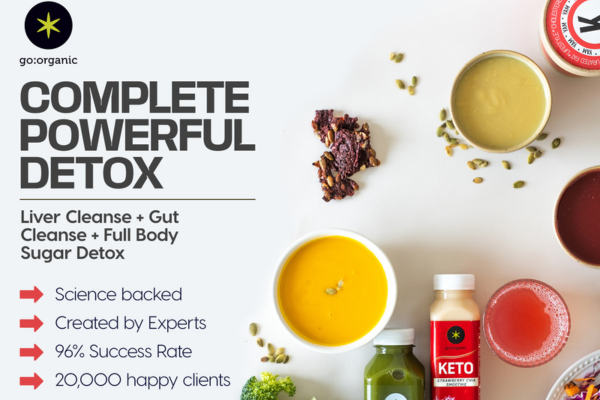
Metabolic Syndrome is one of the most urgent, yet overlooked, health crises today. It affects nearly 1 in 3 adults—and in many cases, people don’t even know they have it. At GoOrganic, we believe that prevention and healing begin with what you eat and how you live. That’s why our Complete Powerful Detox was designed to help reset your metabolic health at the root level.
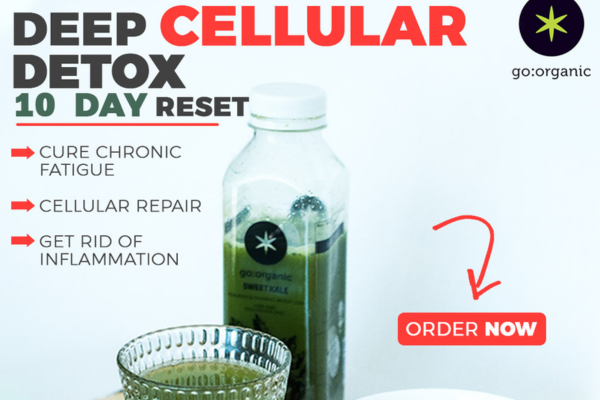
Chronic fatigue can be debilitating, leaving you feeling drained and unable to function at your best. Cellular detox has emerged as a potential solution to combat fatigue by addressing toxicity at the cellular level. However, misconceptions about cellular detox and its role in managing chronic fatigue persist. In this blog, we will debunk some common myths and provide evidence-based insights on how cellular detox can support energy and vitality.
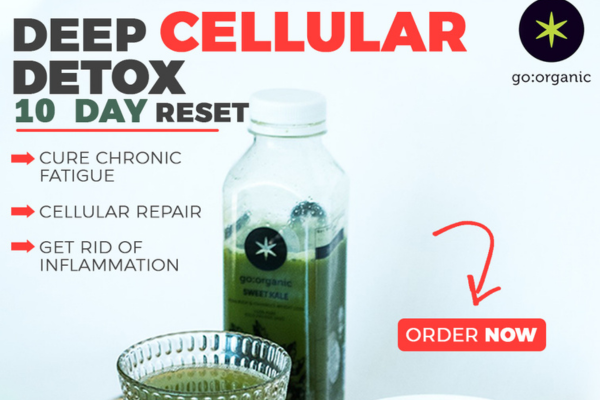
Heal Your Body from Within & Regain Your Natural Energy If you wake up tired even after a full night’s sleep, rely on caffeine to get through the day, or constantly feel mentally foggy — you may be dealing with chronic fatigue. While most people turn to supplements, energy drinks, or stricter diets, the real solution lies deeper: inside your cells, liver, and gut. That’s where the 10-Day Deep Cellular Detox comes in.
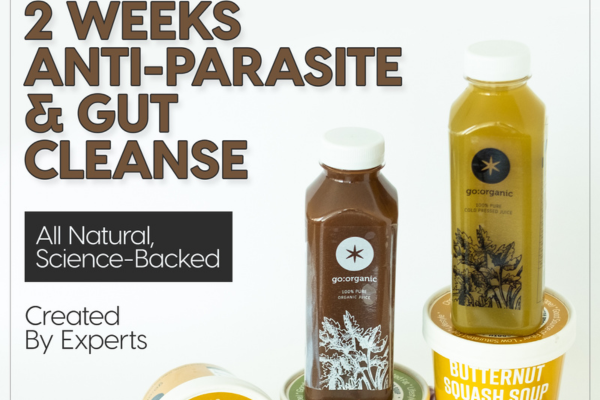
Is Your Gut Harboring Hidden Invaders? Did you know that parasites could be affecting your health without you even realizing it? Parasites can live in your digestive system, feeding off nutrients and causing bloating, fatigue, brain fog, weight gain, and skin issues. If you’ve been struggling with unexplained digestive problems, it may be time for a Parasite Cleanse.

Detoxification plays a crucial role in maintaining hormonal balance and supporting weight loss. When your body effectively removes waste, toxins, and harmful substances, it can function optimally, making it easier to shed excess weight. However, for many women, compromised detox pathways can create blockages that prevent weight loss, even with a healthy diet and exercise. Studies have shown that an impaired detoxification system can contribute to weight gain, making it essential to support these natural processes.

In today's fast-paced world, prioritizing our health is more important than ever. One of the simplest and most effective ways to boost your overall well-being is by incorporating a daily green juice into your routine. Packed with essential nutrients, antioxidants, and enzymes, green juice is a natural powerhouse that supports digestion, boosts energy, and promotes glowing skin. Let’s dive into why drinking green juice daily is a game-changer for your health.
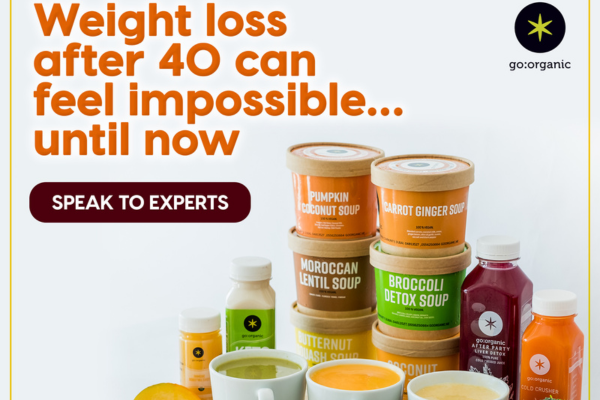
Losing weight can be a frustrating experience for many women, and after the age of 40, it often becomes even more challenging. Hormonal shifts, a slowing metabolism, and lifestyle factors all play a role in why shedding those extra pounds isn’t as easy as it used to be. At Go Organic, we’re here to help women understand the unique challenges they face after 40 and offer natural, plant-based solutions to support their weight loss journey.

Menopause, a natural stage of life for individuals with ovaries, marks the time when menstrual cycles cease for 12 consecutive months. This transition, often preceded by perimenopause, brings about significant hormonal changes that can lead to hot flashes, weight gain, and an increase in abdominal fat. These changes, while natural, can disrupt blood sugar levels, lipid profiles, and even lead to metabolic and heart diseases if left unchecked.

If you’ve been searching for a natural, effective, and sustainable way to kickstart your weight loss journey, a juice cleanse might be the answer you’re looking for. At Go Organic, we’ve seen firsthand how our juice cleanses help people achieve their health goals, and weight loss is one of the most sought-after benefits. Let’s dive into the top 10 benefits of a juice cleanse for weight loss and why it’s worth considering.
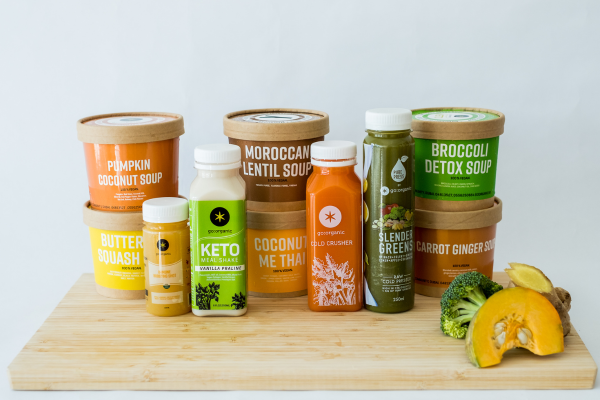
Menopause is a transformative phase in every woman’s life, often accompanied by symptoms such as hormonal imbalances, weight gain, fatigue, and bloating. For women over 40, a tailored approach to health and wellness becomes essential, and that’s where a plant-based detox can be a game-changer. This blog will explore how detoxing can ease menopause symptoms, improve overall health, and support weight management.

As women enter their 40s, the body undergoes significant hormonal changes that can lead to symptoms like fatigue, weight gain, mood swings, and hot flashes. While these changes are a natural part of aging, adopting a plant-based detox can help ease the transition by naturally balancing hormones and rejuvenating the body.
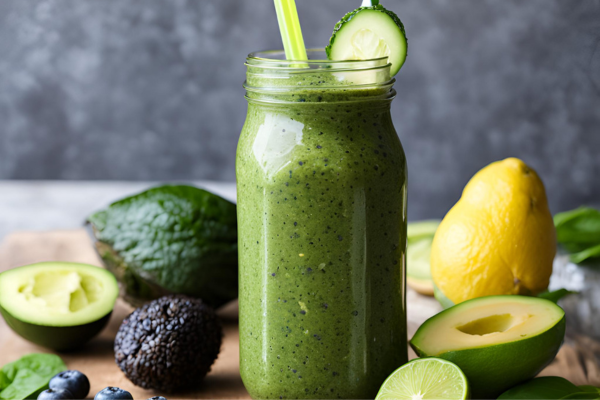
Type 2 diabetes is a massive challenge. Over 29 million Americans live with Type 2 Diabetes (T2D), and upwards of 80 million are on the cusp of the disease, dealing with prediabetes. This condition stands as a huge challenge in healthcare, whether we consider the collective implications for public health or the profound impact on the individual.
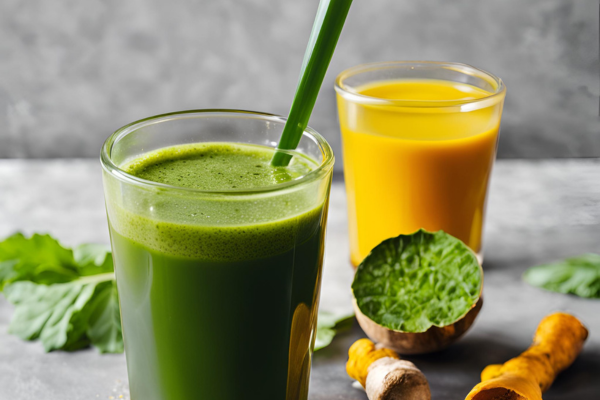
October is Breast Cancer Awareness Month, a time to shine a light on the importance of prevention and healthy lifestyle choices. At GoOrganic, we're committed to promoting wellness through plant-based nutrition. This month, we are excited to offer complimentary green juices and turmeric booster shots, highlighting the incredible benefits of these potent health boosters in reducing breast cancer risk.
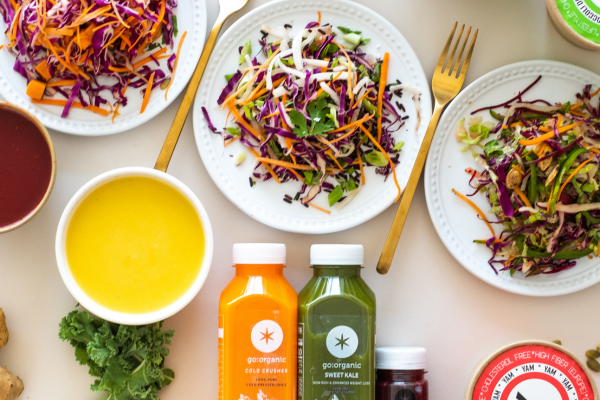
In the fast-paced world we live in, brain fog can feel like a heavy cloud hanging over your cognitive clarity, making it difficult to focus, think clearly, and stay productive. If you’re struggling with this mental haze, it might be time to look at your diet. Plant-based meals, particularly those rich in alkaline ingredients, can be a game-changer in detoxifying your body and sharpening your mind. Here's how adopting a plant-based detox can help clear that fog and boost your brain function.